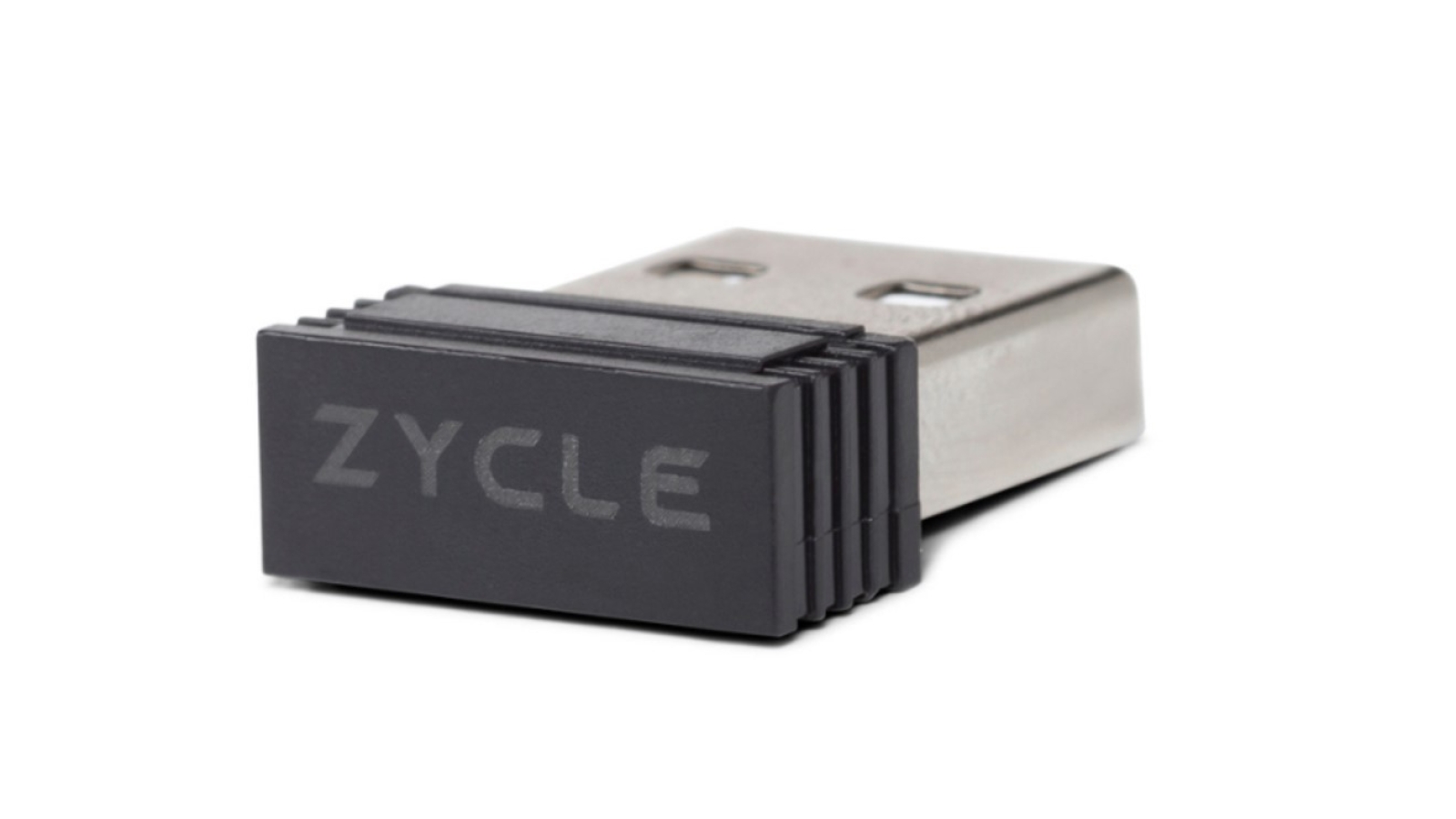Wireless connectivity technology has evolved considerably over time, affecting virtually all areas of everyday life and the world of sport. The use of new technologies is something we can observe in indoor cycling, taking into account that many of the equipment, such as cycle bikes and rollers make use of the ant+ protocol to be able to link to simulators and thus provide us with one of the most realistic experiences without the need to leave home. In this article we focus on explaining what ANT+ technology is, its uses and advantages, among others. Let’s get to it!
What is ANT+ connectivity?
To talk about ANT+ connectivity, the first thing to be clear about is that this technology is used to link two different devices together. For example, a cycling simulator with a Smart ZBike 2.0. The system works by means of wireless data transmission over a short distance. In addition, it is a technology that requires very low energy consumption, which is a very valuable point for many reasons. This protocol is widely used in the world of cycling and other sports where speed sensors, cadence, heart rate monitoring and potentiometers play a very important role. Now, how exactly is data transmitted with ANT+ protocol? Devices using this technology work with signals at a frequency of 2.4 GHz (which are the same as Bluetooth). These, in turn, create complex networks very easily, requiring minimal energy expenditure.
This allows a monitor, cyclocomputer, watch or any measuring device to read the data provided to it simultaneously. For example, information from bicycle cadence sensors, data from a chest heart rate monitor and speed data. In addition, it allows an exchange of information to other devices, see from a motion sensor of an indoor bike to a cycling simulator, but also to the cell phone to monitor the data (of course, it is necessary to download an application to be able to observe them). ANT+ technology is based on the concept of the “mesh network“, as you may already be imagining. This means that each device acts as a node in the network and can communicate with other nearby devices. It is a decentralized architecture that facilitates fast and efficient communication.
What are the advantages of ANT+ technology?
ANT+ is a versatile and trusted wireless technology that is used in a wide range of applications in different industries and environments. Its energy efficiency, reliability and compatibility are three of the most outstanding features. Now that you know what ANT+ connectivity is, let’s briefly outline some of its main advantages.
Three modes of operation using ANT+ connectivity
ANT+ connectivity gives devices the ability to operate in three different modes:
- Sender mode: when the device transmits the data.
- Receiver mode: when the device is the one receiving the data.
- Network mode: when the devices act as routers to extend the range of the network.
Its great versatility makes it an ideal choice for use in different environments and applications.
Low power consumption and ease of use
Low power consumption, as mentioned above, is one of the strongest points of ANT+ protocol. In fact, devices equipped with this technology only consume battery power when data transmission is in progress. The rest of the time there is no consumption, even if they remain connected.
Real-time data measurement
The reliability of this short-range connectivity technology allows us to measure data and interpret it in real time. Very useful, especially if you use a training trainer in your indoor cycling sessions, as is the case with the Smart ZDrive smart trainer.
Variety of applications, especially sports
Although there are several similar technologies, such as Bluetooth Low Energy (BLE) that compete with it, they have not yet become sufficiently popular, with the ANT+ protocol being the most viable and practical option to date. This technology is mainly intended for sports and health uses, such as fitness monitoring, thanks to which we can collect data on the user’s performance and health. Also in outdoor sports, such as cycling, running or hiking. Other common uses are the control of domestic devices, industrial applications and for multimedia entertainment devices.
How to connect ANT+ with the ZBike 2.0 indoor bike or the ZDrive Smart Trainer?

Whether you want to connect Zwift with ANT+ to your bike or trainer, as well as any other cycling simulator, from ZYCLE we offer you the following guide so you can do it correctly and easily:
- Check the connection of your trainer or bike: Check that they are properly connected to the mains by checking that the LED is green.
- Connect ANT+: The first thing to do is to connect the ANT+ protocol antenna to the computer. You must make sure that it is detected correctly so that the drivers are installed on your computer.
To check if your computer is correctly detecting the ANT+ protocol antenna, check the following:
- On Windows: right-click on the Windows icon in the start bar and select “Device Manager”.
- On Mac: Click on the Launchpad icon in the Dock, then click on “Other” and then click on “System Information”.
It is important to know that in case the antenna is not detected this may be due to several reasons, such as a damaged USB port, a very strict antivirus installed and not allowing the download of drivers, or several simulators or applications using ANT+ at the same time (in the latter case, close them and restart the program).


 El carrito está vacío
El carrito está vacío 

